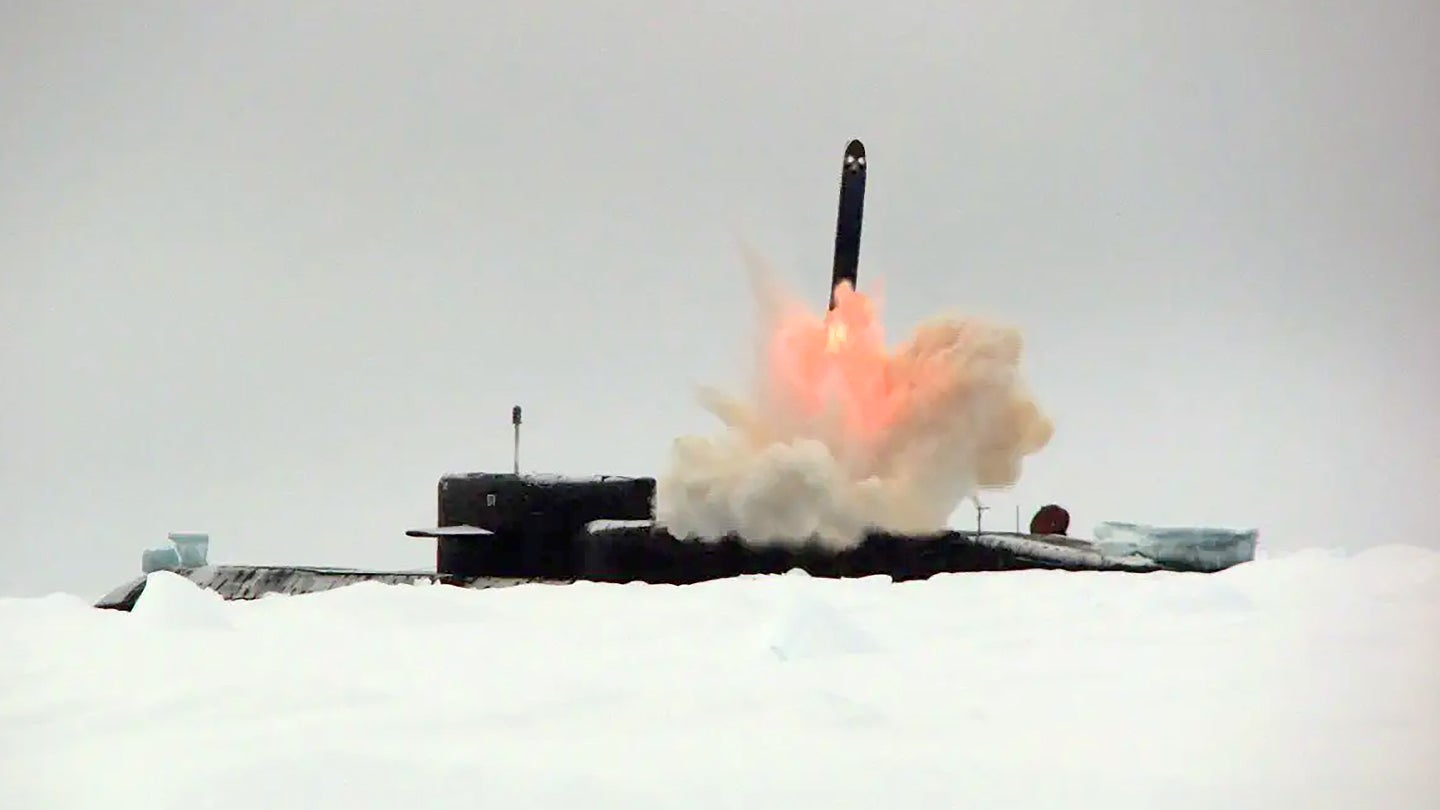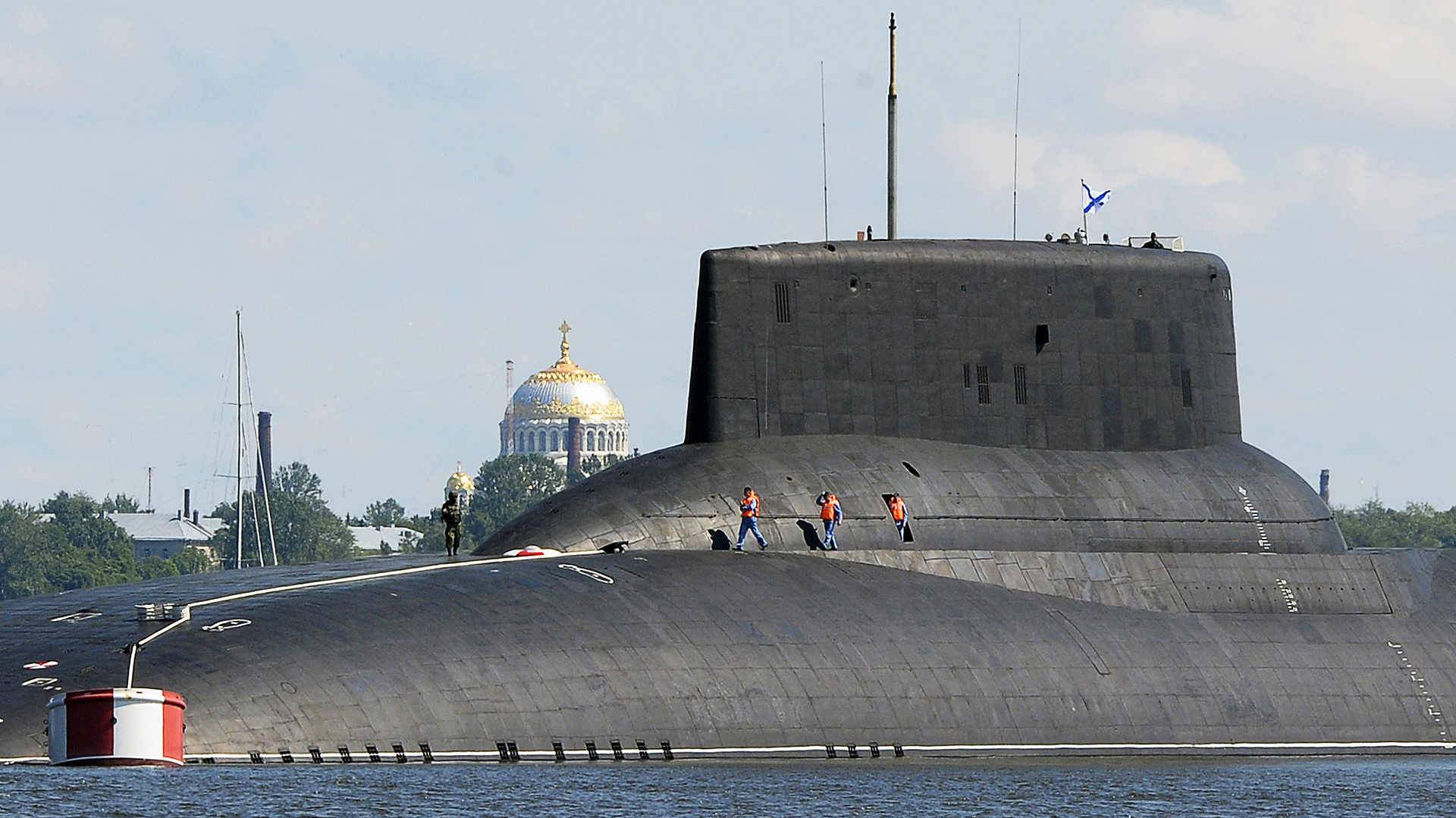Also, something I forgot but worth noting - the Virginia-class subs are already manufactured in separate components that have to be transported for final assembly. While subs undergo final assembly at both yards and they alternate producing the reactor plant, Newport News builds the stern, habitability, machinery spaces, torpedo room, sail, and bow for all boats while Groton builds the control room and engine room for all boats. That arrangement was basically to make sure both yards stayed in the nuclear shipbuilding business. At least, that was the arrangement when the program started; I don't know if it's been revised or will be revised given that it seems all the assembly on the Columbia-class SSBNs will be done in Groton.
The Royal Navy's Dreadnought-class SSBNs also have their SLBM tubes built in the US as part of the same production line producing the Columbia-class missile tubes.






